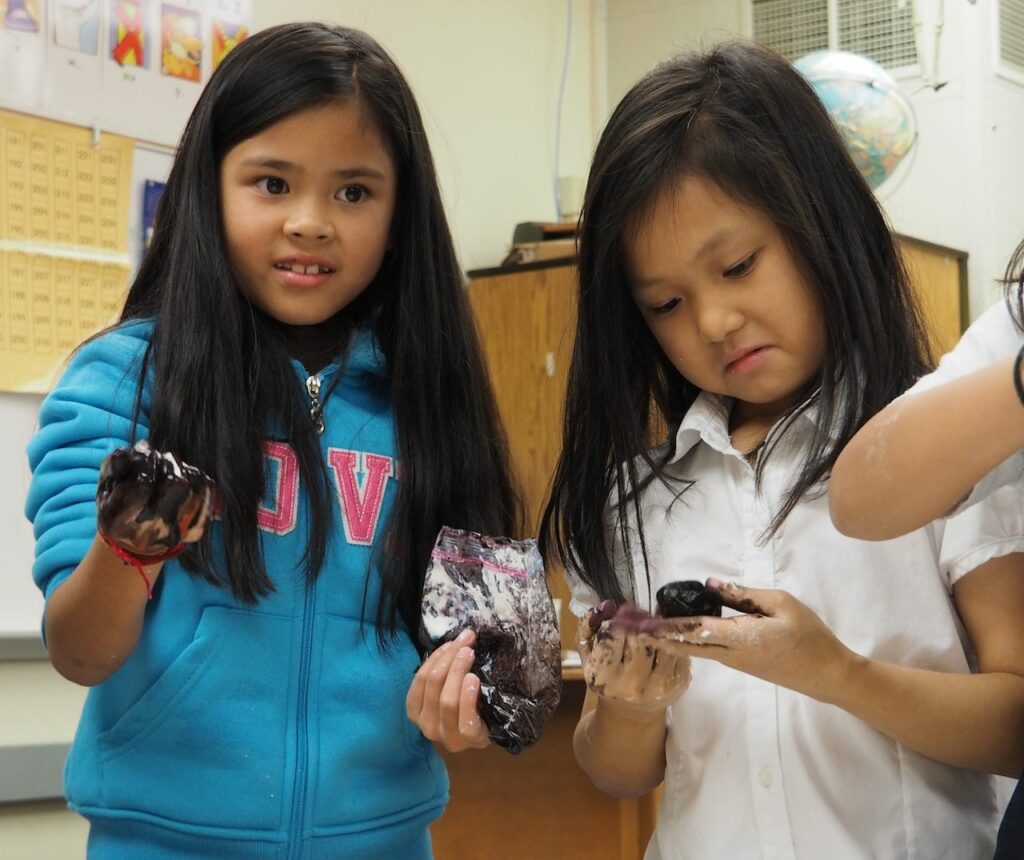
Black teachers: How to recruit them and make them stay

Lessons in higher education: What California can learn

Keeping California public university options open

Superintendents: Well-paid and walking away

The debt to degree connection

College in prison: How earning a degree can lead to a new life

After-school and summer programs will not only retain a separate funding stream, they will also get a slight boost in dollars under the new federal education bill and budget.
At one point during the negotiations that resulted in the Every Student Succeeds Act, 21st Century Community Learning Centers were going to be part of a block grant with several other programs, pitting the expanded learning programs against popular programs such as Math & Science Partnerships and Advanced Placement courses. The U.S. Senate had also proposed a cut in funds for the learning centers.
Instead, the programs will get almost $1.17 billion in dedicated funds, which includes a $15 million increase. About 10 percent of the budgeted funds will likely come to California because of the large size of the state’s student population, said Jessica Gunderson, policy director for the Partnership for Children and Youth, an advocacy group based in Oakland.
But the slight increase will not do much to meet the demand, Gunderson said. Currently, less than 20 percent of programs that apply get funded, she said.
“The fact that the funding stream stayed separate and about the same through ESSA is a bigger statement,” she said.
The funds can be used to provide tutoring, field trips and other enrichment activities after school, in the summer, or as part of an expanded school day for children from low-income families.
The law also gives priority to districts that partner with community groups, which Gunderson applauds.
“Schools will never have enough resources in and of themselves to overcome the barriers of (student) poverty without working with community partners,” she said.
The small increase in federal funding comes at a time when California has been reluctant to raise per-student funding for the state’s $550 million After School Education and Safety Program. With no increase since the program’s inception in 2006 and cities bumping up the minimum wage, programs have been forced to cut back to make ends meet.

Panelists discussed dual admission as a solution for easing the longstanding challenges in California’s transfer system.

A grassroots campaign recalled two members of the Orange Unified School District in an election that cost more than half a million dollars.

Legislation that would remove one of the last tests teachers are required to take to earn a credential in California passed the Senate Education Committee.

Part-time instructors, many who work for decades off the tenure track and at a lower pay rate, have been called “apprentices to nowhere.”
Comments (6)
Comments Policy
We welcome your comments. All comments are moderated for civility, relevance and other considerations. Click here for EdSource's Comments Policy.
Sue Hooper 8 years ago8 years ago
Question? I have had an after school and summer school age program ,up to age 10, for 30 years. I do not see any mention of private programs that provide this care for working parents. Will subsidy money be available for these families ?
Replies
Susan Frey 8 years ago8 years ago
Most after-school programs in California — including the ones that are supported through federal grants — are provided by private organizations that contract with local school districts.
Marty 8 years ago8 years ago
This article would be more useful if it explained how a teacher might access some of these funds. Is there a grant to apply for ? Where? How can my students benefit from this ?
Replies
Susan Frey 8 years ago8 years ago
These funds are distributed to school districts or organizations that provide after-school care, not to individual teachers. Check with your district officials to see if they are interested in applying for the funds. Unfortunately, there is not enough funding for all who apply.
Aileen 8 years ago8 years ago
What type of impact does this have on special education programs and extended school year programs?
Replies
Susan Frey 8 years ago8 years ago
Special education funding is separate. But the new law for the first time allows the funding to be used for an extended school year as long as the schools use the extra time to teach in different ways, such as more hands-on learning.